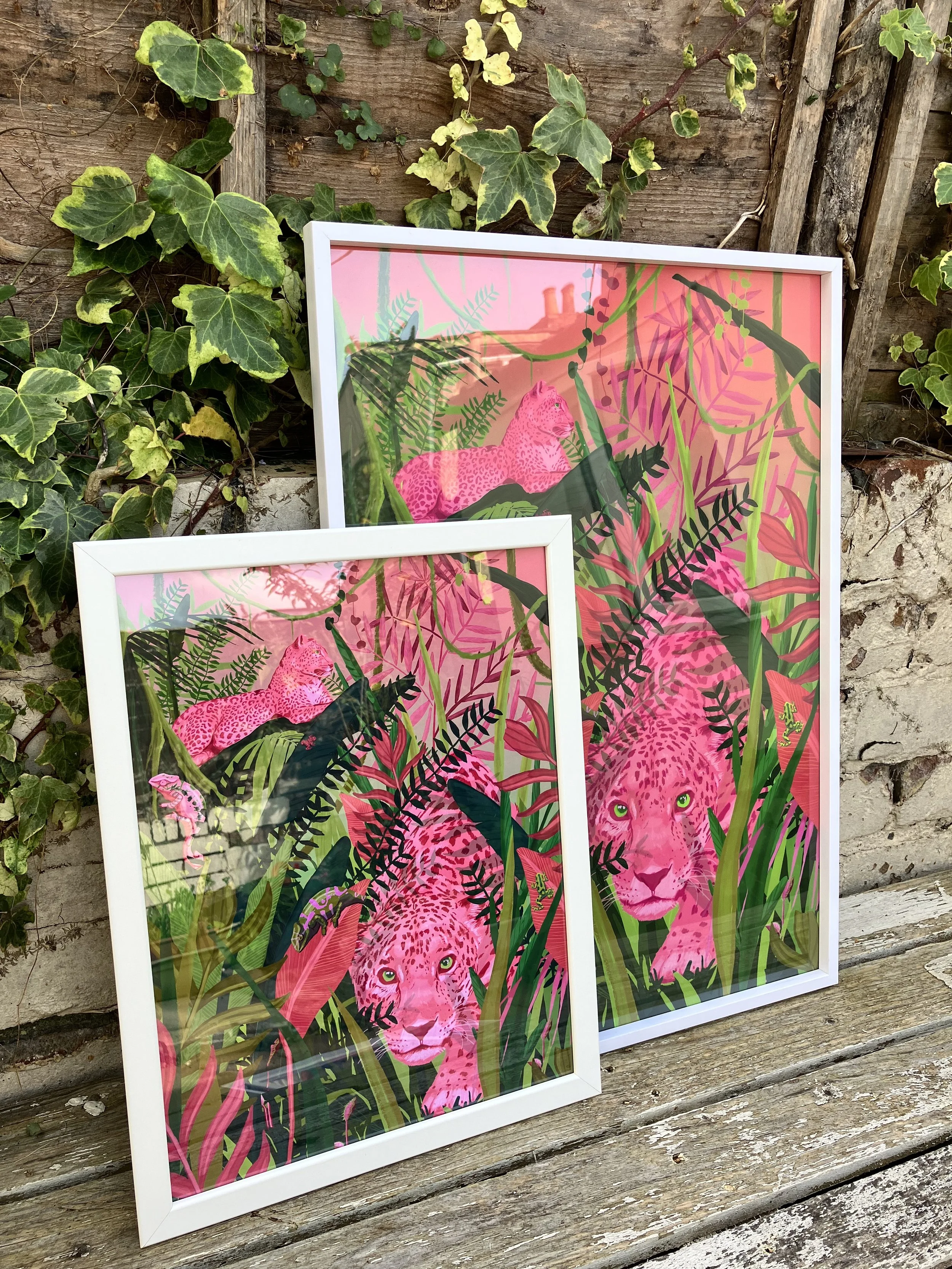There’s so many reasons that I love my chosen career path of a freelance illustrator, but there’s also plenty of reasons why I don’t love it so much, much with any aspects of life, you can’t have it all, at least not all at once.
I like to think whilst change sometimes feels super scary, in recently years, I’ve gotten quite good at recognising when it needs to happen, and knowing it will be worth all the hassle once you’re on the other side of it. Yes, constantly changing plans and direction won’t get you anywhere, as the grass isn’t always greener, rather it’s greener where you water it, however sometimes you can also over-water something. So I’m stepping into fear of the unknown with buying a van, and massively switching up my lifestyle in the process. I’m hoping that it will solve some of the problems, but I’m not naive to think it won’t bring new challenges.
I want to travel and experience more of the world rather than being stuck in one place, but I also highly value security and connection, so it seems ridiculous to invest so significantly in a life that potentially takes me away from these things… but I’ve always wanted a career that can be done remotely so I can travel and not feel stuck in one place, and until I give it a go I won’t know. I’m sure van life will open me up to a bunch of incredible travel and flexible remote working opportunities, however it also limits my flexibility in other areas as I’m not likely to be staying in one place very long. I’ve spent a lot of time, money and emotional energy investing into the more physical aspect of my illustration career with printed products, and I absolutely adore this side of things, almost as much as the actual illustration part, but it hasn’t been the most profitable in recent years, so I’m choosing to step away from this area for now, and to focus on what I can do on the move.







